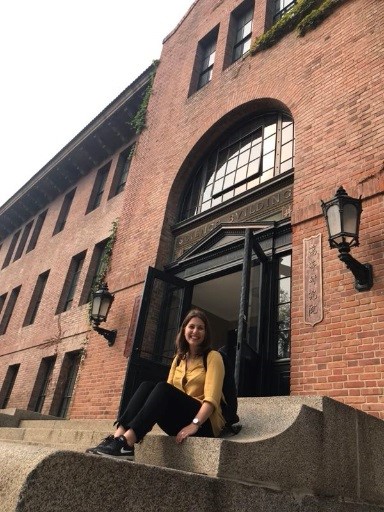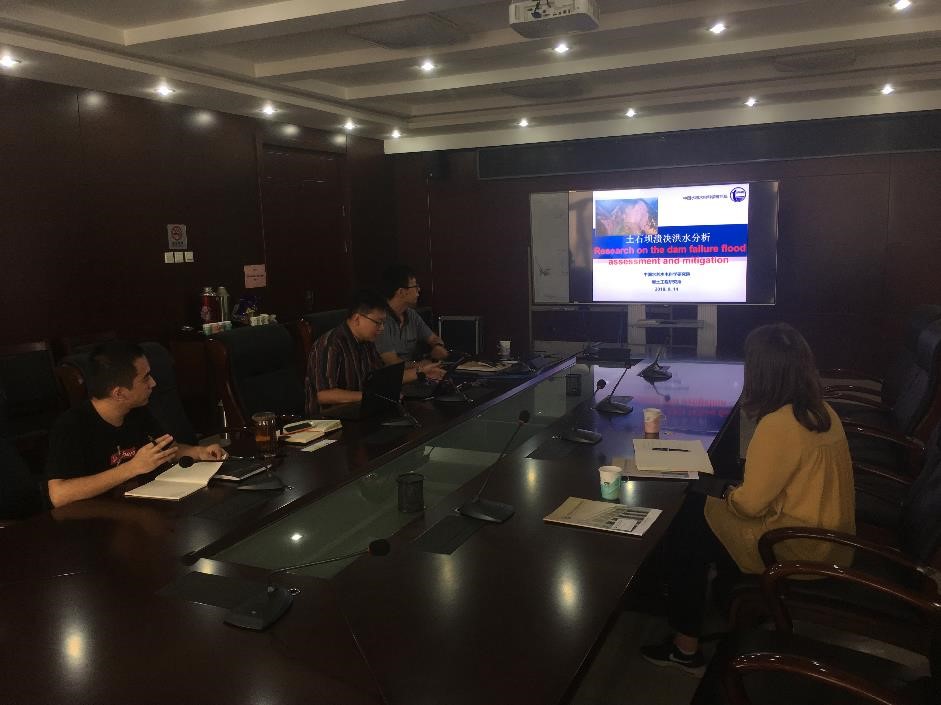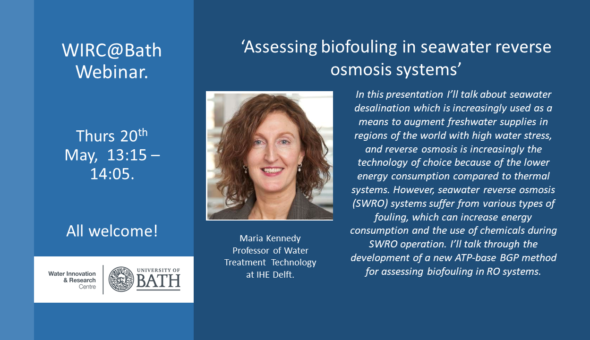Whilst, in China, WISE CDT student Ioanna Stamataki also visited Tsinghua University and the China Institute of Water Resources and Hydropower Research (IWHR) in Beijing. The purpose of this visit was to learn about ongoing hydraulic research both from an academic and a government institute approach and create opportunities for future collaborations.
Ioanna was welcomed in Tsinghua University by Dr Qiushi Yan, and was introduced at the research taking place at the Department of Hydraulic Engineering in Tsinghua University by two current students. During the visit at the laboratories, an experiment on wave energy converters was set up in one of the wave flumes by one of the postgraduate researchers where a new wave energy converter was proposed and the effect of different parameters (width, raft length, pendulum, damping coefficient and others) was being investigated.
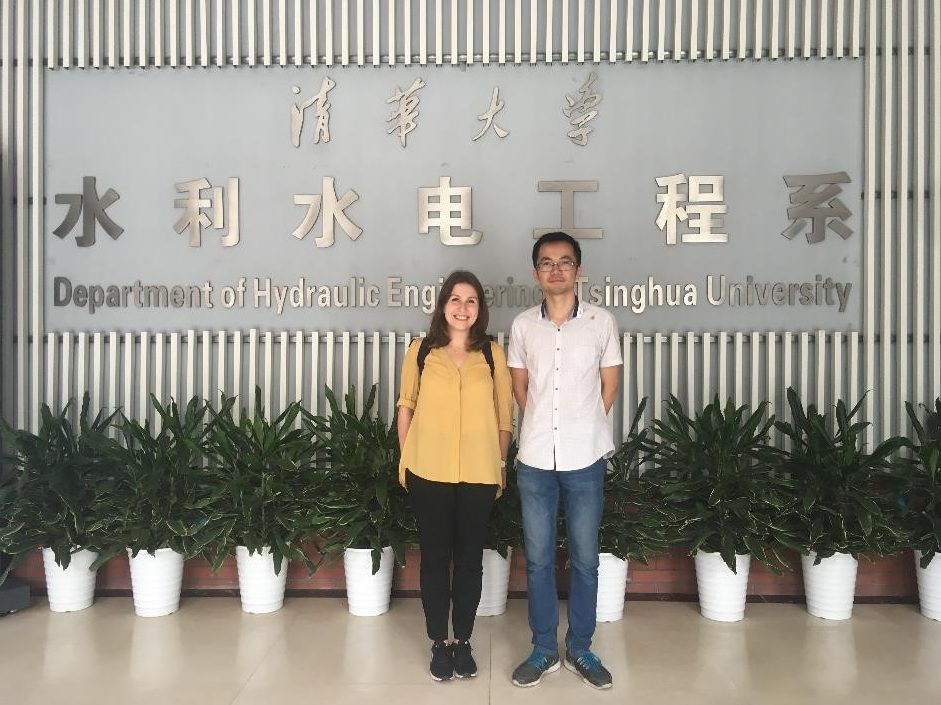
Dr Yan insisted upon a visit around Tsinghua University’s vast and impressive campus (395 hectares). With over 36,000 students it is ranked in the top two Chinese universities. The university was established in 1911 around a formal royal garden, constructed during the Qing dynasty. It’s most important features today are the Old Gate, the Jin Chun Garden and the stone sundial with the inscription “Actions speak louder than words”.

The visit in the IWHR, was run by Prof. Yujie Wang, Prof. Li Weichao and Dr Yu Shu in the Department of Geotechnical Engineering who welcomed Ioanna in the Institute. The visit started with a presentation from Prof. Wang regarding the work the IWHR is involved in and its different divisions and then a description of the three research sections the Department of Geotechnical Engineering has: Soil Mechanics, Rock Mechanics and Geotechnical Engineering Safety Technology. The meeting followed by a presentation on work on dam stability both through experimental and numerical work as the applications were relevant to Ioanna’s research on dam breaks. It was interesting to see the results from the large-scale laboratory experiments on dam failures looking at different types of soil and scour protection.
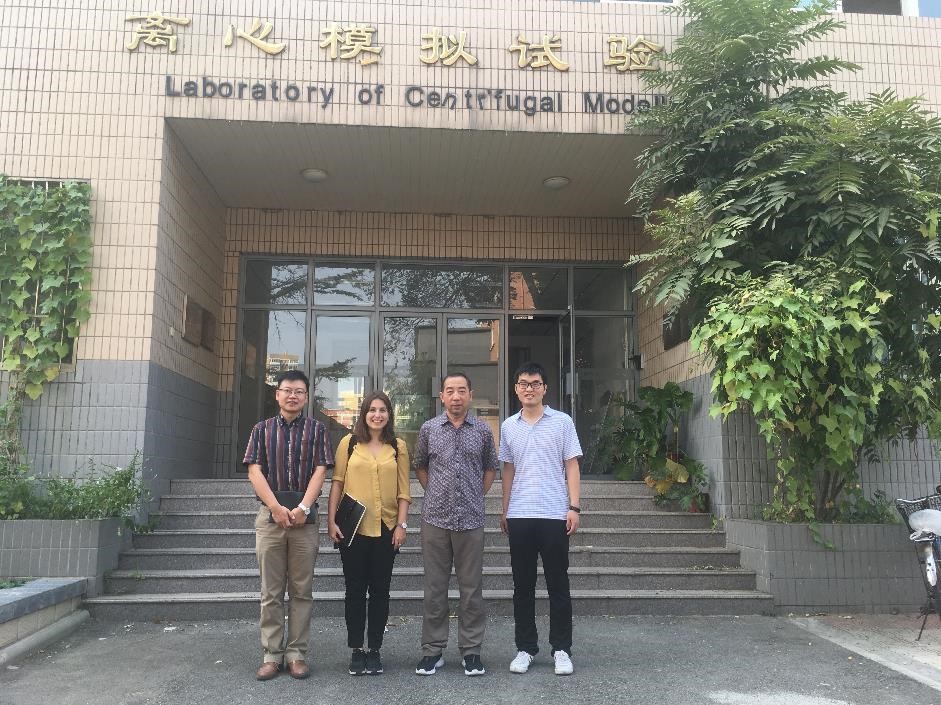
The visit finished with a visit of the laboratory facilities including the laboratory of large scale cyclic & static triaxial testing and the laboratory of centrifugal modelling. In the later one there is a large-scale centrifuge (5m in diameter) used to increase the gravitational forces acting on the model so that the stresses and strains in the model are equal to the prototype ones. It can reach a maximum acceleration of 300g.
As this was the first time for Ioanna in China, between her visits, she took the opportunity to do some sightseeing visiting the Great Wall of China and the Forbidden City which were exceptional life experiences. The opportunity to talk with people on her research and hear about the research in the field in China was incredible for Ioanna and she would like to thank her supervisor Dr Jun Zang for organising her time in Beijing and putting her into contact with wonderful and hospitable people.
Respond


